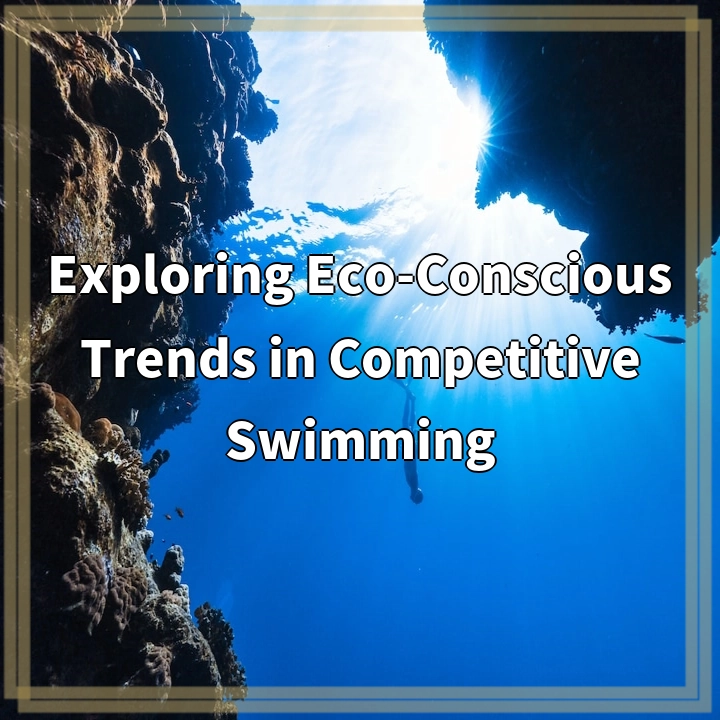
What it is:
Competitive swimming is a popular sport that involves swimmers racing against each other to achieve the fastest times in various swim strokes. This sport has gained immense popularity globally, with numerous competitions, leagues, and championships held throughout the year.
The eco-conscious trend in competitive swimming refers to the growing awareness and efforts within the swimming community to make the sport more environmentally friendly and sustainable. It involves adopting practices and implementing initiatives that minimize the negative impact on the environment and promote conservation and sustainability.
Real-world problems:
1. Water and energy consumption:
Competitive swimming requires large quantities of water for training, competition pools, and maintenance. The continuous circulation, filtration, and treatment of water result in significant water consumption. Additionally, maintaining optimal water temperature requires substantial energy use, contributing to carbon emissions.
2. Single-use plastic waste:
Competitions and events often generate a significant amount of single-use plastic waste, such as water bottles, food packaging, and other disposables. These items end up in landfills or pollute oceans and waterways, posing a threat to marine life and ecosystems.
3. Chemical discharge and water pollution:
Chemicals used in pool maintenance, such as chlorine, can have harmful effects on aquatic environments when accidentally discharged. Improper storage or treatment of these chemicals can lead to water pollution, impacting local ecosystems and biodiversity.
4. Travel and carbon footprint:
Competitive swimmers and teams often travel extensively to attend competitions, training camps, and events. This results in significant greenhouse gas emissions from air and road transportation, contributing to global climate change.
By addressing these real-world problems, the swimming community can play a crucial role in promoting sustainable practices and preserving the environment for future generations. Efforts towards eco-conscious trends in competitive swimming can lead to greener and more responsible sporting events and inspire other sports to follow suit.

Solutions for Eco-Conscious Competitive Swimming:
Competitive swimming is taking steps towards becoming more eco-conscious and sustainable. Several solutions address the real-world problems associated with the sport, promoting environmental stewardship and a greener future.
1. Water and energy conservation:
Implementing efficient water circulation systems, using alternative water sources like rainwater, and optimizing pool maintenance practices can significantly reduce water consumption. Investing in energy-efficient equipment and exploring renewable energy sources, such as solar panels, can help minimize the energy required for pool heating and filtration.
2. Plastic waste reduction:
Promoting the use of reusable water bottles, eliminating single-use plastics at events, and partnering with eco-friendly sponsors can help reduce plastic waste. Encouraging recycling programs and providing designated recycling bins can ensure proper waste management.
3. Sustainable pool maintenance:
Exploring chlorine alternatives and eco-friendly pool treatment methods can minimize chemical discharge and water pollution. Proper training and education for pool operators on best practices for chemical storage and handling can prevent accidental spills and contamination.
4. Carbon footprint reduction:
Encouraging carpooling or using public transportation for travel to competitions and events can help reduce carbon emissions. Offsetting carbon footprints through programs like tree-planting initiatives or supporting renewable energy projects can further minimize environmental impact.
By implementing these solutions, the swimming community can make a significant contribution to preserving the environment and inspiring other sports to embrace eco-conscious practices. By adopting a sustainable mindset, the sport can continue to thrive while minimizing its ecological footprint.















